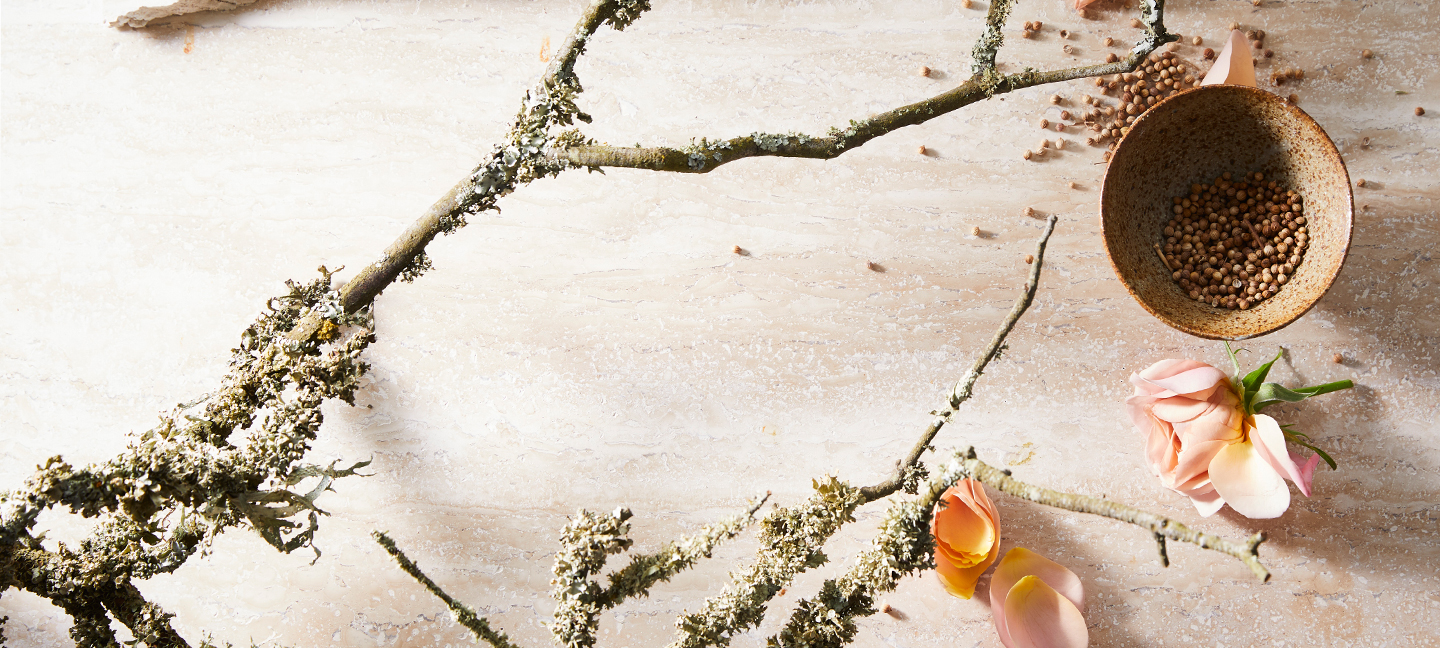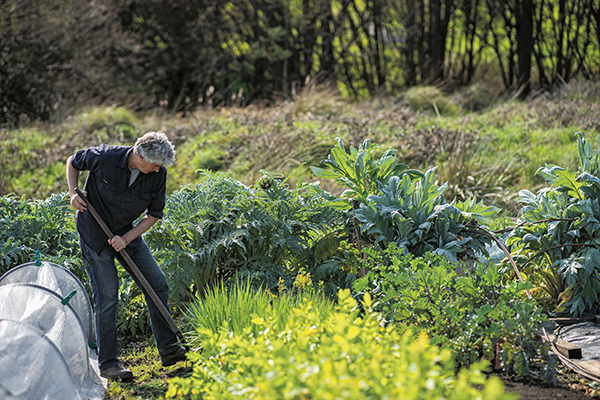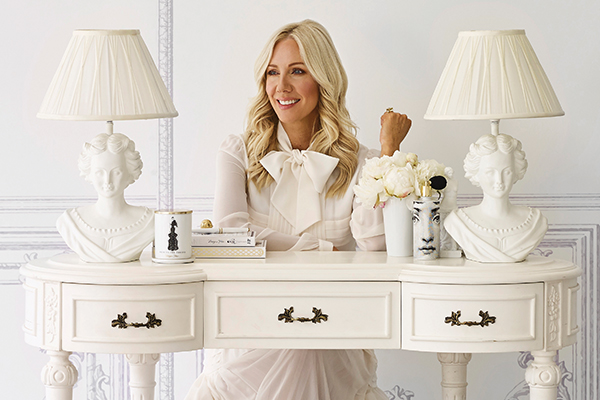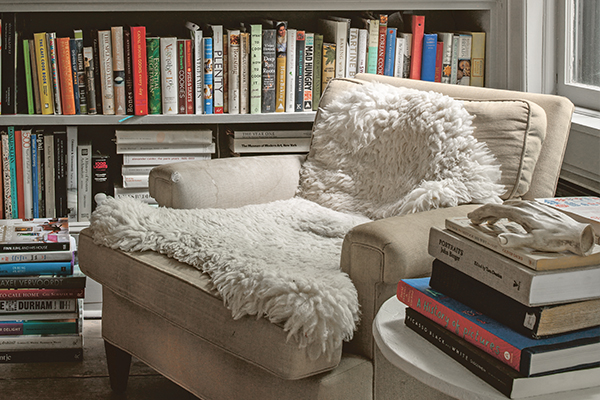What are essential oils?
22 Apr 2020 | Pat Princi-Jones

What are essential oils?
Essential oils are pure, concentrated liquids extracted from flowers, herbs and plants. They are cherished for their fragrance and, above all, their therapeutic value. Whether from citrus peels, petals or resins, their scent proves utterly irresistible.These aromatic liquids are stored in different parts of certain plants. Lavender’s treasured oil, for instance, is produced in its flowering tops. Vetiver oil gathers in the grass’s rootlets, while geranium oil is located in the glands of leaves and stems. Conifer secretions are stored in needles and terminal branches, whereas sandalwood oil accumulates in the heartwood. Exotic floral oils are mostly preserved in delicate petals, while the oils of spices are deposited in seeds, rhizomes and underground stems. Juniper yields its oil from mature berries, sweet orange oil is lodged in the outer fruit peel, and the prized oil of frankincense comes from the resin beneath its bark.
Unique properties
Because the composition of each plant and flower is different, no two essential oils are the same. Patchouli is amber in colour, yarrow can be dark blue or green, and palmarosa is a pale yellow or green. Their viscosity and longevity also vary greatly. Lemon is lightweight, while vetiver is so thick it is often hard to get out of the stopper. Sweet orange oil will oxidise within a year of opening the bottle, whereas myrrh and patchouli improve with age. While it takes sixty roses to create a single drop of rose oil, the peel of approximately the same number of lemons will fill a 12 ml (¹⁄³ fl oz) bottle of oil, explaining the significant price difference between them.
Characteristics of essential oils
The most amazing thing about essential oils is their complexity. A single oil is made up of more than 100 natural compounds created and blended by the plant. Though some compounds are more dominant than others, they work in perfect harmony to deliver the oil’s overall therapeutic impact. Each droplet is infused with natural goodness from the earth’s rich abundance.
Chamazulene, which is a major compound found in German chamomile, gives the oil its inky blue colour and strong balsamic odour, and it also reduces inflammation and proves an effective analgesic. But chamazulene doesn’t act alone; it joins forces with other major and minor compounds and, most importantly, trace elements, to strengthen German chamomile’s medicinal action.
An authentic essential oil is highly concentrated and requires only a small amount to work its magic. A drop of basil oil is the same concentration as seventy bunches of fresh basil would provide.
Essential oils are not water soluble
They are lipophilic (fat loving) and prefer the company of other fat-soluble oils, which are their natural carriers. They float stubbornly on the surface when added to a bath or inhalation bowl. No amount of mixing, shaking or swirling will evenly distribute the molecules through the water!
Essential oils are not oily
Essential oils, though not oily in the traditional sense of the word, have an oily composition that allows them to penetrate the skin effectively, making them ideal for massage when combined with a base oil. They are often referred to as ‘aromatic liquids’ because they evaporate quickly if left exposed to light or air, leaving no oily residue behind.
This is an edited extract from A Scented Life: Aromatherapy reimagined by Pat Princi-Jones
Available now in all good bookstores and online
Click here to find your preferred online retailer



